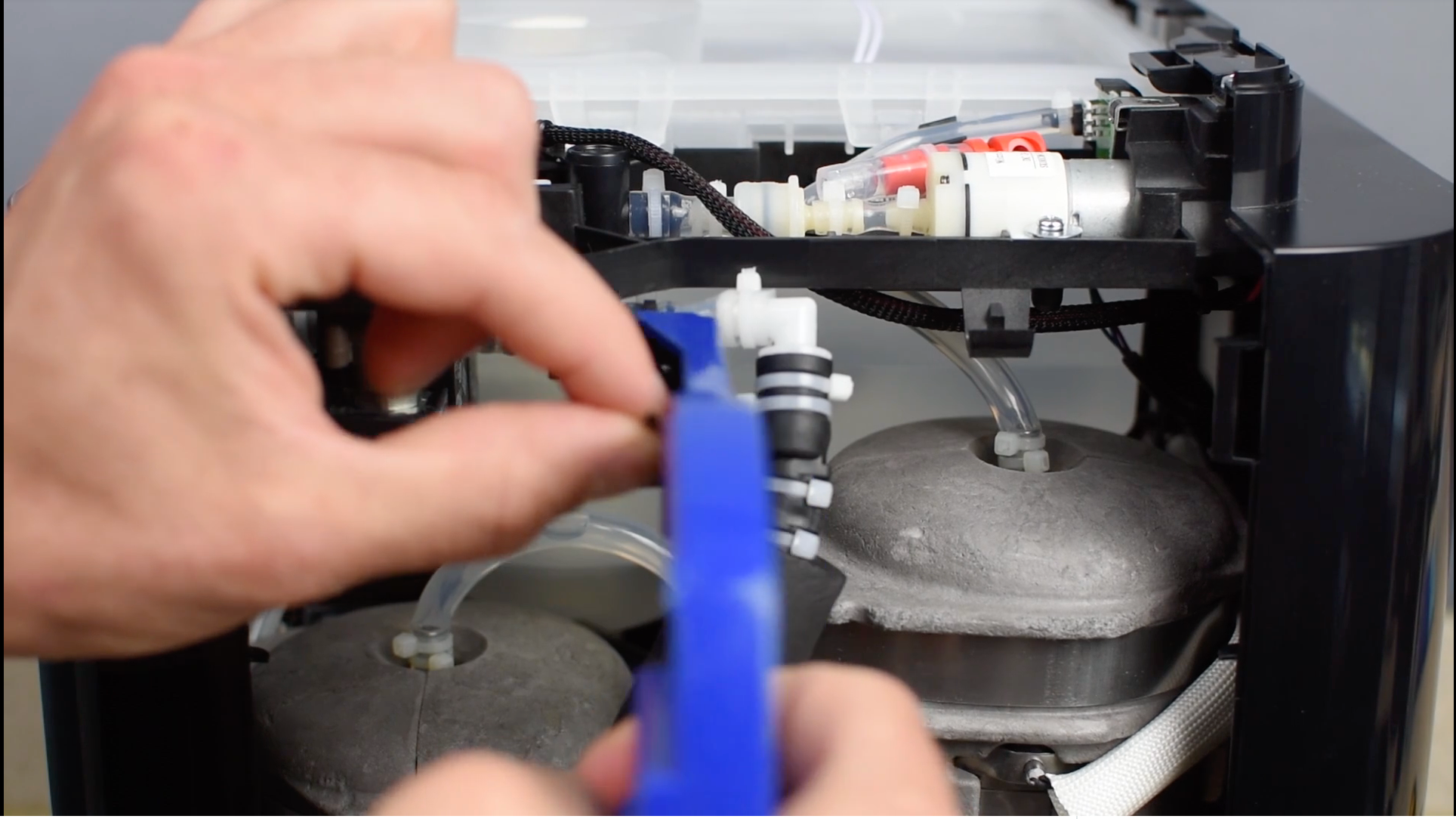America has long been a nation of coffee drinkers. However, our favorite drink may have a challenger for our affection: experts say tea is on the rise as the drink of choice for US consumers.
According to the Tea Association of the USA, the market for tea has quadrupled quickly – from under $2 billion in 1990 to a wholesale value in excess of $10 billion last year alone. In fact, tea imports have risen by more than 700 percent over the last 50 years, based on U.S. Department of Agriculture data.
HOW DO YOU TAKE YOUR TEA?
Every country has its own unique approach to the art of tea-making. In the UK, for instance, it just isn’t a cup of tea without the addition of milk.
In the US:
- Some like it hot, but most Americans gravitate towards iced tea
- America’s favorite variety is black tea, with fruit and herbal landing second on our most-consumed list
- Green tea consumption is on the rise and accounts for 11 percent of all tea sold in the U.S
READING TEA LEAVES
While a cup of green tea is certainly different than a cup of black tea, they all begin life as the same type of plant. In fact, all tea is derived from the evergreen shrub species Camellia sinensis.
So, how do we achieve so many diverse tastes from a single plant? Tea producers alter the shape and chemistry of the leaf – producing a wide variety of tastes – simply by varying their processing approach.
Tea can be plucked, withered (or wilted), rolled or dried. Oxidization, or exposing the enzymes in the leaf to oxygen, is perhaps the most important factor in determining the tea category that will ultimately be produced:
- Green tea is plucked, withered and rolled. Heat is applied during the rolling process to prevent oxidation from taking place. The leaves are generally steamed or fired in a pan while they are rolled into different shapes, each with its own unique taste.
- Black tea also utilizes all of the key processing steps, but the leaves are allowed to oxidize more completely. This produces what is arguably the strongest taste among the tea varieties, one reason many temper it with milk.
- White tea is minimally processed and derives its name from the white “down” on tea leaf buds.
LET'S TOAST TO TEA
Wrestling with a complex business issue or struggling to unearth the next big idea? A cup of tea may help. Research suggests the combination of L-Theanine - an amino acid found exclusively in the Camelia sinensus plant - with caffeine (200mg each) is able to improve our cognition and attention.
And still other studies indicate that people who drink tea four times daily for at least six weeks have lower levels of the stress hormone cortisol.
From its flavor to its benefits at work, tea can do it all. For that we say “yes” to a cup, hot or iced. Cheers to tea!


